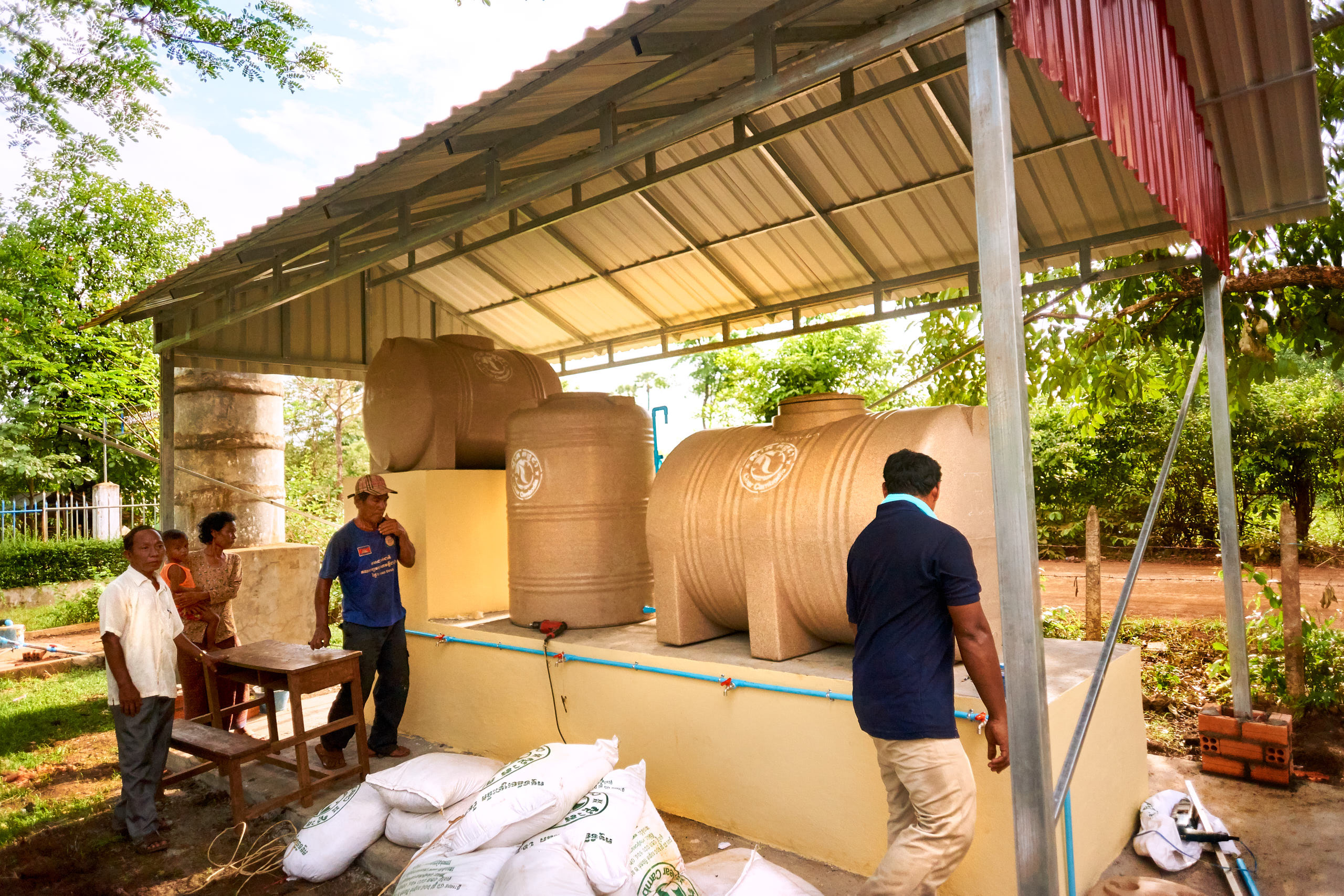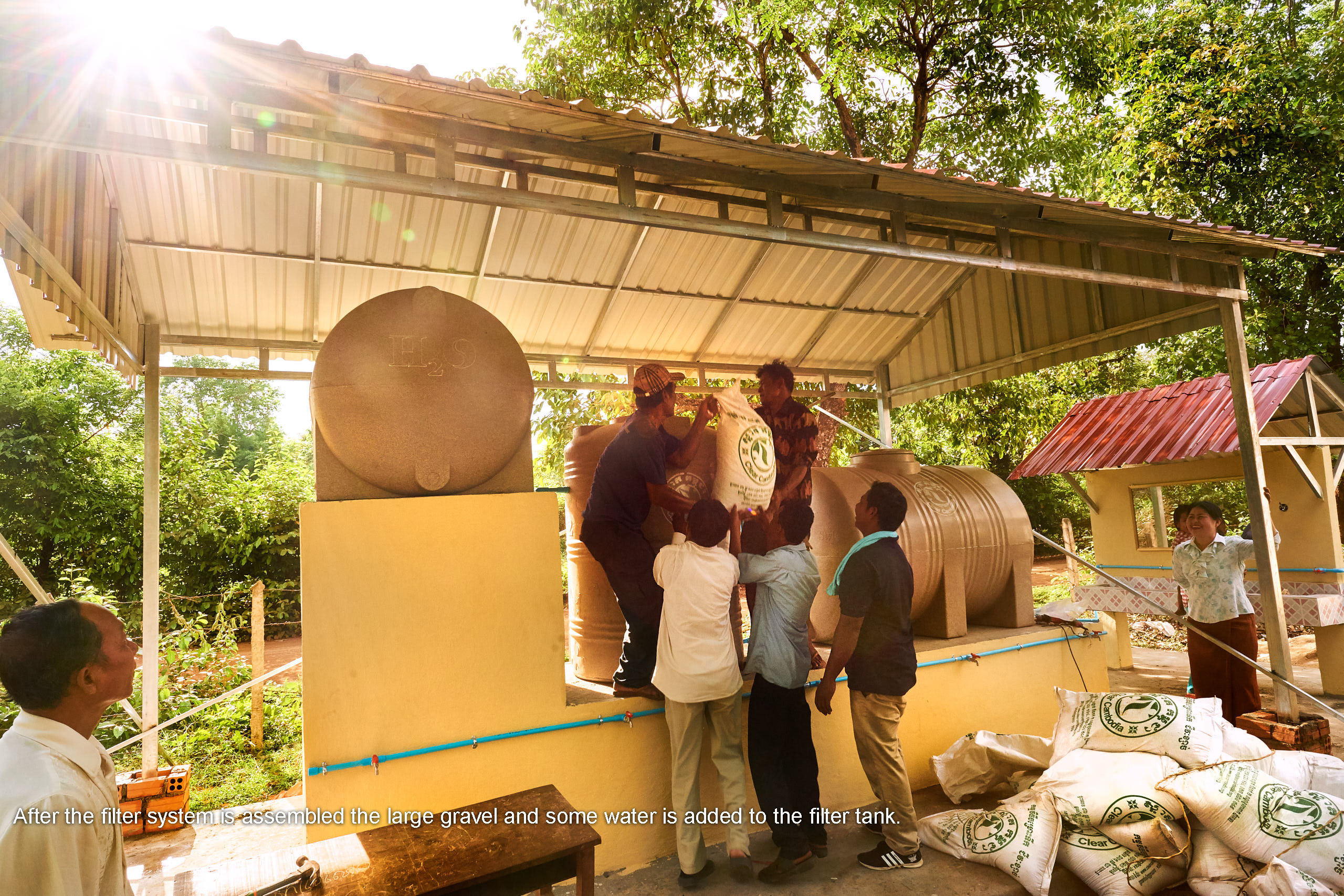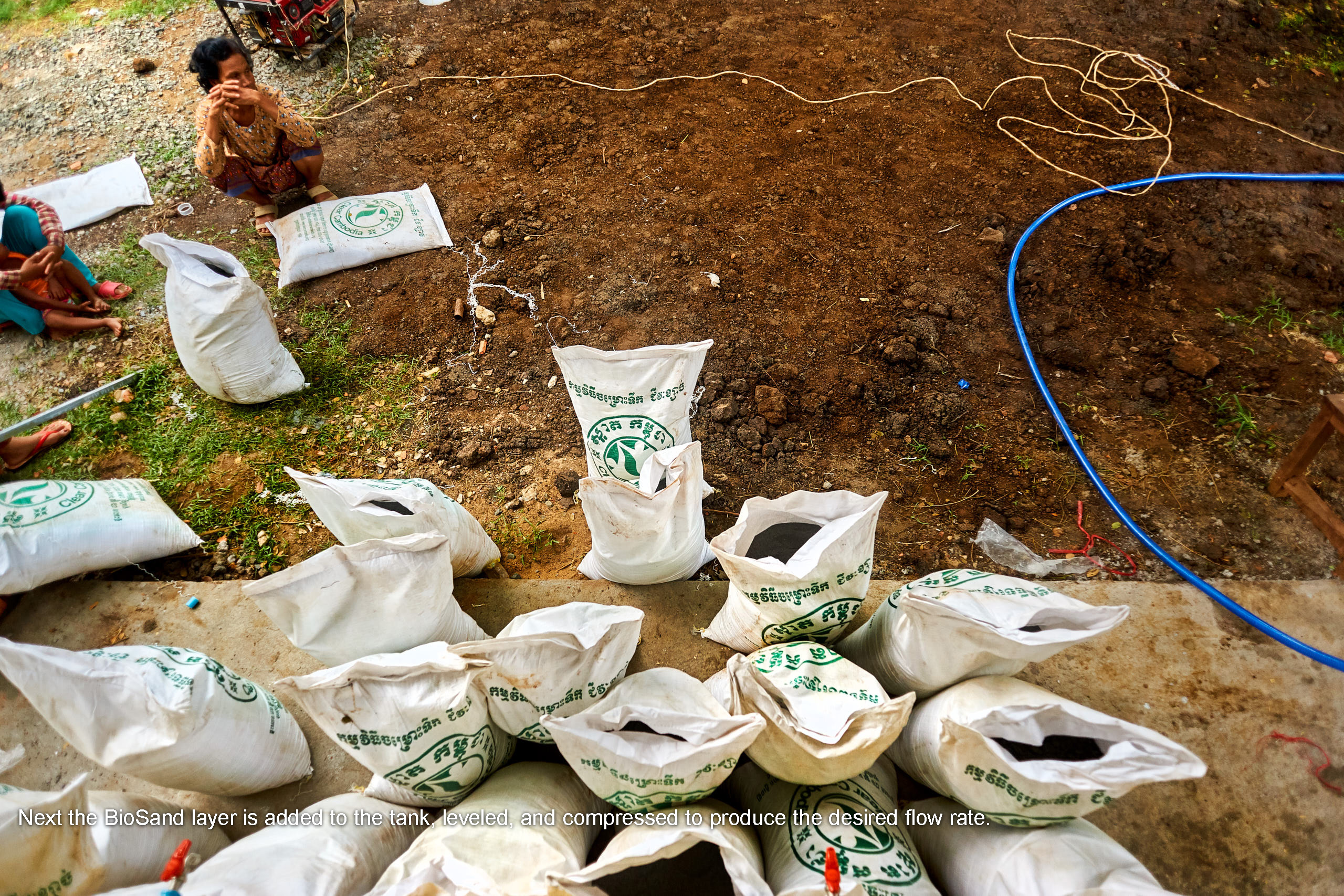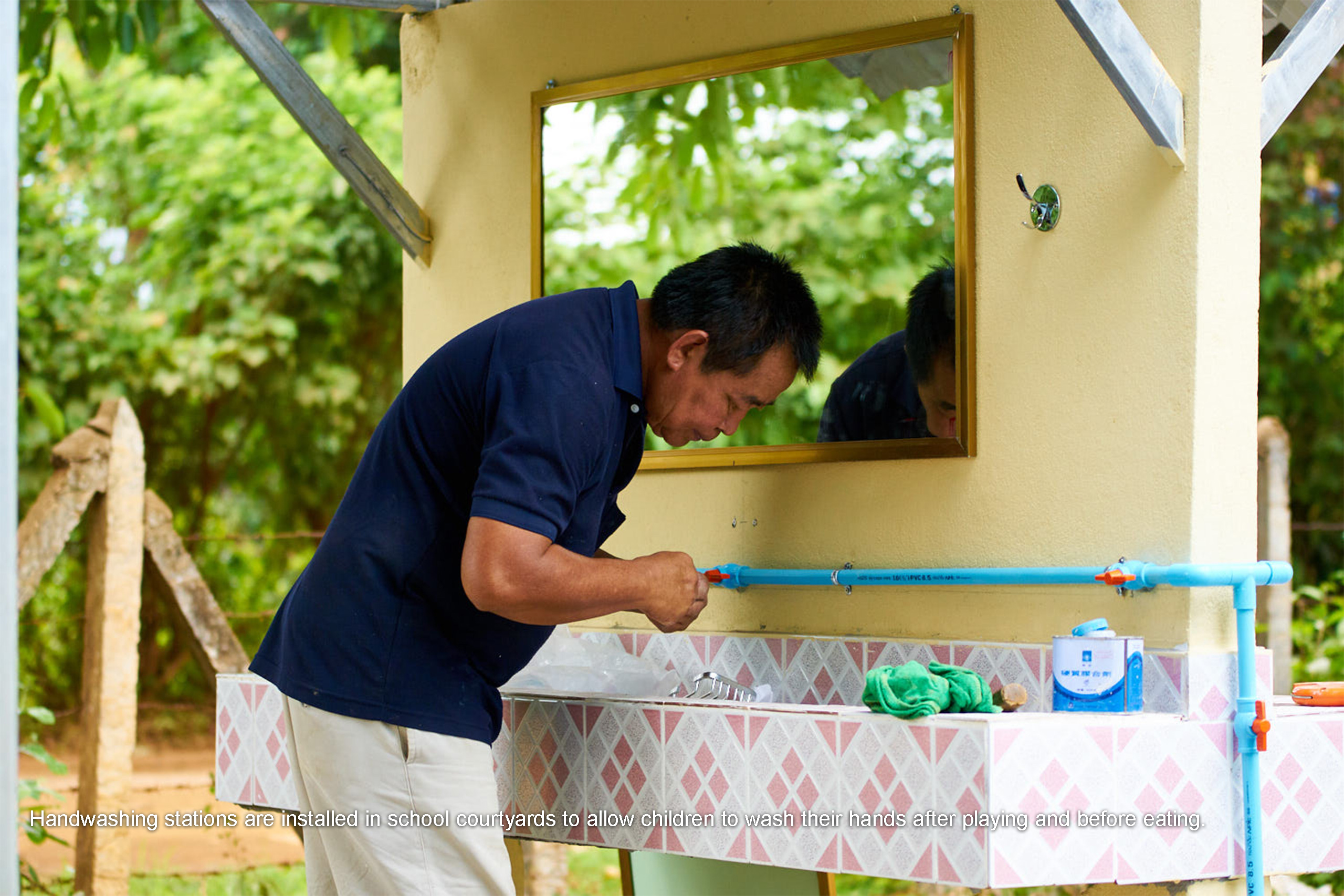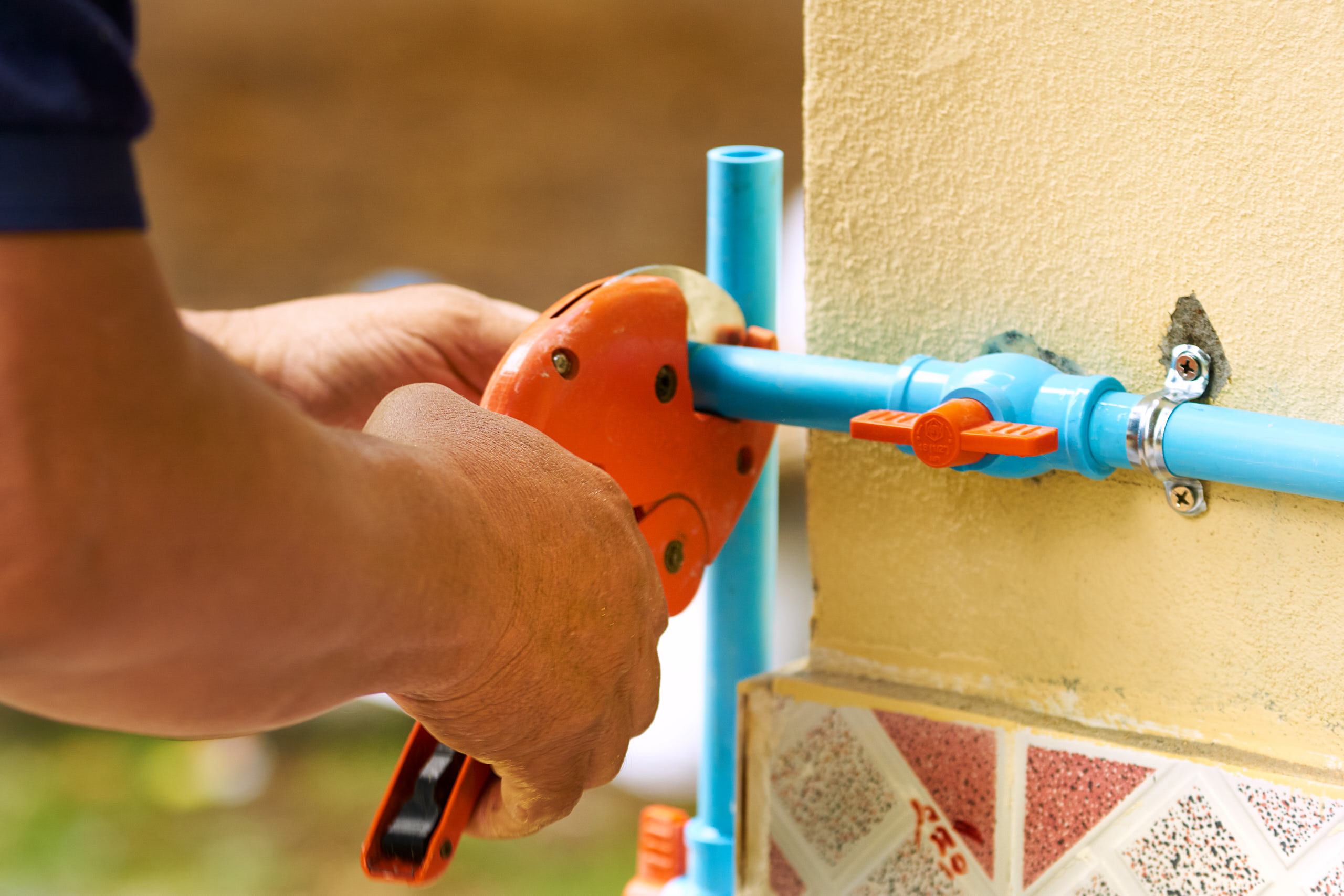Improving School Attendance And Academic Performance Through Clean Water, Sanitation Facilities, And Student Hygiene Education.
Many schools in Cambodia lack access to clean water and appropriate personal hygiene facilities. Water from existing wells is often contaminated with bacteria, parasites and chemical residue from agricultural activities. To compound the problem, the number of latrines and handwashing stations is often inadequate for the number of students attending. This leads to open defecation and children attending classes with contaminated hands. In Cambodia, nearly 50% of schools do not have a safe water supply and 30% are without adequate toilets. Research shows that lack of access to these facilities promotes absenteeism and increases school dropout rates, especially among girls.
The School WASH (WAter, Sanitation and Hygiene) Program includes two core elements: improvements to physical facilities and implementation of a hygiene education curriculum.
“The most important thing we have is our health. If people have good health they can do anything.” – Principal Chan
School BioSand Filters
Handwashing Stations
School Latrines
Trash Incinerators
What We Provide

BioSand Filter System
Our high capacity school BioSand filter system is capable of filtering 180 – 250 liters of water per hour. The BioSand filtration process removes up to 96% of E Coli, 100% of Protozoa and helminths, 50-90% of organic and inorganic toxicants. The tanks that hold the filter system are made from recycled materials and have a lifespan of 15 years, at which point the tanks can be replaced and the BioSand filter medium moved to the new tanks. Each of these filters is capable of providing clean water for drinking and handwashing for up to 1000 people.
Latrine Building (three stalls, four stalls, five stalls and six stalls)
Our school latrine building adds adequate sanitation facilities to rural schools with large numbers of students. Each latrine building features three, four, five and six private stalls. This provides a sanitary restroom solution for the students and staff of the school. The latrine building is divided into two separate sides for each gender. Each side also includes a handwashing station. We require the school to provide a 500 liter water tank to service the latrine buildings water needs.


Handwashing Station
Our handwashing stations in the main courtyard of the school make it possible for large numbers of students to wash their hands in a short amount of time.Clear Cambodia provides soap and towels for the first year, and covers 50% of the cost of soap and towels for the second year.
Trash Incinerator
Proper disposal of refuse is often difficult in rural communities. Our trash incinerators help communities burn waste safely and reduce smoke pollution by concentrating refuse and providing a quicker, hotter burn.
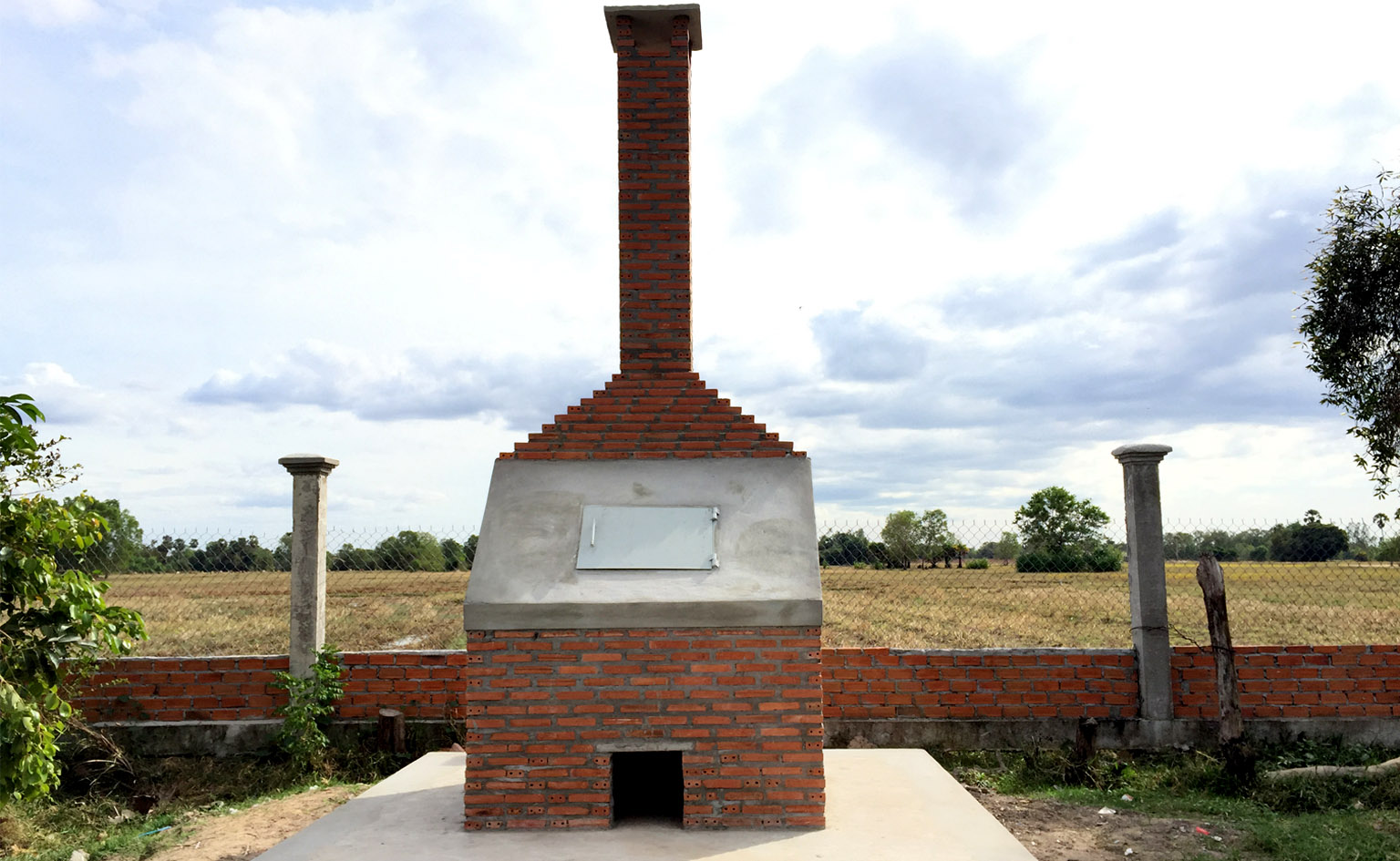
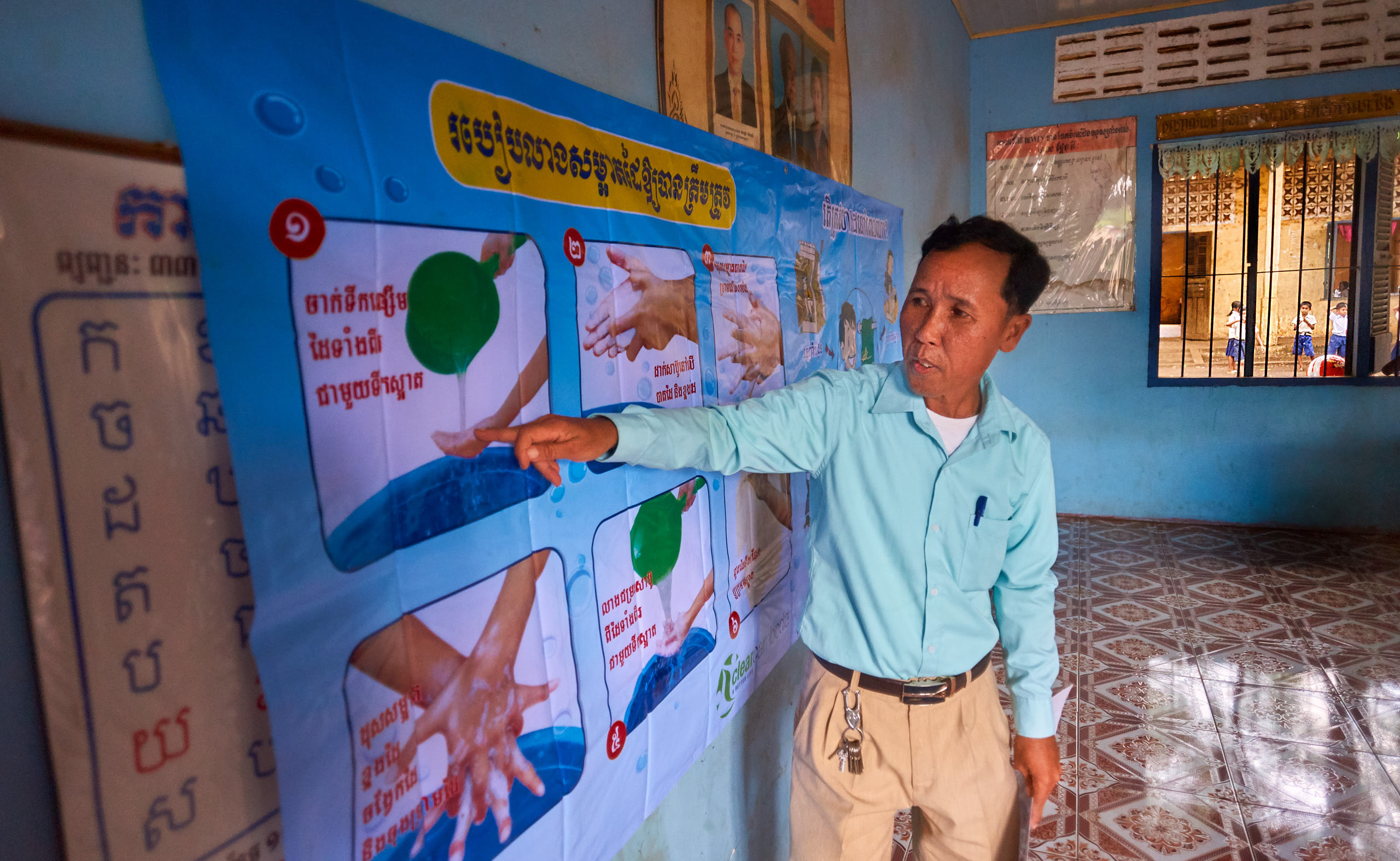
Hygiene And Sanitation Curriculum
Our hygiene and sanitation curriculum gives schools and teachers the tools to change the hygiene habits of their students. By training the students we also impact the habits of the students families. Students that learn proper hygiene begin to see results and in turn share their knowledge with their parents and relatives.
Hygiene Education Curriculum

Water and Food Safety
Students are educated on dangers of drinking unfiltered or unboiled water and on safe practices for storing food to prevent food poisoning.

Sanitation and Personal Hygiene
Children are taught the importance of using a latrine, how to keep the latrine sanitary, proper handwashing techniques and the importance of washing hands with soap.
Menstrual Hygiene
Older female students are trained in the proper management of hygiene and sanitation related to the menstrual cycle.
School Program Process (How We Work With Communities)
Our work in a community begins when the district governor or provincial governor contacts us and requests that we provide assistance to their communities. We then meet with the provincial and district leaders to determine which communities are in the most need of clean water and hygiene education. Once communities are selected, we meet with the district education department and school principles in those districts to share with them what we can provide. For schools with more than 300 students we are able to offer a choice of 2 packages. For schools with less than 300 students we are able to provide our hygiene and sanitation curriculum.
Package 1
- School BioSand Filter System
- Latrine Building (3 stalls, 4 stalls, 5 stalls and 6 stalls)
- Handwashing Station
- Trash Incenerators
- Hygiene and Sanitation Curriculum
Package 2
- School BioSand Filter
- Hygiene and Sanitation Curriculum
Each school requesting a filter is required to make an investment into the project. They provide the shelter to protect the tanks which usually costs between $400 and $1000. They also are responsible for providing the water tank to go with the latrines which costs $200-$300 depending on the size of the school.
School BioSand Filter Construction
School Handwashing Station Construction
Program Results
Schools who join our program are seeing many changes in their students and in their communities. Student attendance increases as students begin to deal with less water and hygiene related illnesses. With increased attendance comes an increase in academic scores. Each year a higher percentage of children pass their course work and move on to the next grade level.
Mr. Chan Sam An is the Principle of Svay Chrum Primary School in Svay Rieng Province. Mr. Chan says that the school’s performance has made big improvements since installing the water filter. The school applied for the BioSand filter, latrines, handwashing station, and garbage incinerator in 2014 and received them in March of 2015. The school had to contribute the structure to protect the water filter. They also had to contribute the water tank to hold water for flushing the latrines. Clear Cambodia provided Principal Chan with a complete hygiene education curriculum – complete with handouts, posters and guidebooks for teachers. Clear Cambodia has also developed songs to help the children remember good hygiene habits. The school currently has 1006 students. In 2014, before the filter was installed, the school had a daily absence rate of 7.5%. In 2015, after the filter was installed, the daily absence rate dropped to 5.0%. In 2016 it dropped to 3.5%. The amount of students who complete the requirements and move on to the next grade has gone up as well with the installation of the Bio-Sand filter, latrine, and handwashing station. In 2014, before the filter was installed, the pass rate was 79% over all the grades. In 2015 it rose to 82%, and in 2016 it rose again to 85%. The surrounding communities have noticed the changes and recently families have begun to move into the district so that their children can attend Principal Chan’s school. Principal Chan attributes these changes to the clean water that Clear Cambodia has provided in the community. He says that access to clean water and community hygiene education reduces the financial strain on families. It does this by preventing diseases that take away productive work and school time and reduces the costs families pay for hospital bills. By educating the students on good hygiene they are able to educate the community. Because of the health education the children are receiving, most families in the community have now built a latrine for their own family’s use, and most have also invested in a home Bio-Sand filter to clean their drinking and bathing water at home.






